As you know home lifts are gaining popularity for their convenience and accessibility benefits, that’s why it’s essential to navigate the regulatory landscape to ensure compliance and safety.
“What are home lift regulations?” This question is pivotal for homeowners and builders alike, as these rules establish the standards that govern lift installations in residential settings.
In this article, we’ll explore the ins and outs of home lift regulations, why they matter, and how they impact the installation and maintenance. Understanding this not only ensures the safety of users but also facilitates smoother project planning and execution.
Let’s delve into the world of home lift regulations to understand their importance and implications for homeowners and builders.
What Are Home lift Regulations?
Home lift regulations are guidelines and standards that govern the design, installation, maintenance, and operation of lifts installed in residential settings. These regulations ensure that lifts are safe, reliable, and meet certain quality standards to protect users and property.
What is the purpose of these regulations?
The primary purpose of this is to ensure the safety and functionality of lift within homes. Setting specific standards, and regulations helps prevent accidents, ensure accessibility for all users, and maintain the overall integrity of residential buildings.
Who Sets These Regulations?
Home lift regulations are typically established and enforced by government agencies at the local, state, and national levels. These agencies collaborate with industry experts, engineers, and safety organizations to develop standards that reflect advancements in technology and safety practices.
Additionally, industry organizations such as the American Society of Mechanical Engineers (ASME) also contribute to the development and updates of these regulations to ensure compliance and safety in home lift installations.
What are the Key Regulatory Bodies and Standards?
ASME (American Society of Mechanical Engineers)
The ASME A17.1/CSA B44 Safety Code for Elevators or lifts and Escalators sets the safety standards for lift systems in North America. It covers everything from design and construction to maintenance and inspection. These standards ensure that lifts are built and operated safely, considering factors like weight limits, emergency features, and electrical systems.
Local and State Regulations
In addition to national standards like ASME, local and state governments have their own building codes and home lift regulations that govern home lift installations. These regulations vary by location and can include specific requirements for permits, inspections, and safety measures. Homeowners and builders need to check and comply with these local regulations to ensure that their lift installations meet all necessary legal and safety standards.
Understanding the Installation Requirements:
As you know, Installation involves adhering to specific “Home lift regulations” to ensure safety and compliance. So, Here are some of the installation requirements for the Home lift:
Site Preparation
Proper site preparation is crucial. This includes assessing the available space, ensuring the structural integrity of the building to support the lift’s weight, and making any necessary modifications to accommodate the lift shaft and machinery. Adequate ventilation and electrical access are also essential for the lift’s operation.
Professional Installation
It’s vital to hire certified professionals experienced in Home lift regulations for installation. These experts possess the necessary skills to handle the technical complexities and safety requirements of lift installation. Their expertise ensures that the lift is installed correctly, adhering to all regulatory standards and minimizing any risks associated with improper installation.
Permits and Approvals
Obtaining the required permits is a critical step governed by Home lift regulations. Local building codes mandate permits for lift installations, necessitating the submission of detailed plans and specifications to the relevant authorities for review and approval. Compliance with these regulations ensures that the lift installation meets all safety standards and legal requirements, guaranteeing a safe and lawful installation process.
Key Safety Requirements According to Home Lift Regulations
There are some safety requirements according to home lift regulations that are important to know and are beneficial in many ways. They guarantee safety for the users if they are being followed by strict adherence to them.
Doors and Gates
Home lift regulations specify stringent safety standards for doors and gates. These include requirements for reliable operation, such as sensors to prevent closing when an object is detected and secure locking mechanisms to prevent accidental opening during operation. Ensuring compliance with these standards enhances user safety by preventing potential entrapment or falls.
Emergency Systems
Emergency systems mandated by Home lift regulations are crucial for ensuring prompt response during emergencies. These include requirements for emergency alarms and communication systems inside the lift cabin. These systems enable passengers to alert others in case of malfunction or entrapment, facilitating quick assistance and ensuring user safety.
Weight Limits and Capacity
Home lift regulations establish clear standards for weight limits and capacity to ensure safe operation under various conditions. These standards determine the maximum weight that the lift can safely carry without exceeding its design limits. Compliance with weight limits is essential to prevent lift malfunction, ensuring smooth and safe operation for users.
Know the Benefits of Adhering to Home Lift Regulations
After reading about the benefits you will know that Adhering to Home lift regulations offers several important advantages that enhance safety, financial benefits, and property value.
Safety
Safety is the first thing that we think about before anything. That’s why strict adherence to Home lift regulations benefits in enhancing safety for users. These regulations set standards for lift design, installation, and maintenance, reducing the risk of accidents and ensuring that lifts operate safely and reliably in residential settings.
Insurance
Compliance with Home lifts regulations makes it easier to obtain insurance coverage for your home lift. Insurance companies typically require proof of compliance with safety standards to mitigate risks associated with lift accidents. Moreover, adhering to regulations may lead to lower insurance premiums, as it demonstrates a commitment to safety and risk management.
Resale Value
Installing a home lift that meets Home lift regulations can significantly increase the resale value of your home. Prospective buyers value safety and convenience, and a properly installed and compliant lift enhances the overall appeal and marketability of your property. Compliance with regulations assures potential buyers that the lift meets safety standards and is a valuable addition to the home.
Understanding Home Lift Regulations: Key Points from Section 409
When installing a home lift, it’s crucial to comply with specific regulations to ensure safety and accessibility. Here’s an overview of important points from Section 409, which addresses these standards in detail:
General Requirements
For lifts providing mobility features in homes, compliance with both general regulations (sections 809.2 through 809.4) and the ASME A17.1 standard is essential. These lifts should be classified as passenger lifts and must operate automatically.
Call Buttons
Call buttons must be easy to use, with a minimum size of 3/4 inch (19 mm). They must also adhere to additional standards outlined in section 309, ensuring they are accessible and functional.
Elevator Doors
There are specific safety standards for hoistway doors and car doors. While these must generally comply with sections 409.3 and 404, there is an exception: doors do not need to meet the maneuvering clearance requirements for the push side of swinging doors as detailed in section 404.2.4.1.
Power Operation
Lift doors and gates need to be power-operated, following the ANSI/BHMA A156.19 standards. They should remain open for at least 20 seconds when activated. However, if the lift has multiple openings, it’s permissible for some hoistway doors and gates to be manually operated and self-closing.
Door and Gate Location
The positioning of lift car doors or gates is also regulated. They should be located at the narrow end of the clear floor spaces as specified in section 409.4.1.
By following these detailed regulations, you can ensure your home lift is safe, reliable, and compliant with current standards. If you need further guidance on “what are the home lift regulations,” feel free to contact PVE Home Elevators for expert assistance.
Explore Lift Industry Associations:
In the realm of home lifts, understanding Home lift regulations is crucial for navigating standards, safety, etc. In this case, several industry associations play pivotal roles in establishing standards, promoting safety, and advancing technology. Understanding these associations can provide valuable insights into the regulatory landscape and best practices for lift installations.
– ASME – American Society of Mechanical Engineers: [ASME](https://www.asme.org/)
– ANSI – American National Standards Institute: [ANSI](https://www.ansi.org/ )
– LIFTINSTITUUT: [LIFTINSTITUUT](https://www.liftinstituut.com/ )
– NAEC – National Association of Elevator Contractors: [NAEC](https://www.naec.org/ )
– AEMA – Association of Members of the Accessibility Equipment Industry: [AEMA](https://www.accessibilityequipment.org/ )
Understanding the roles of these associations not only underscores the importance of compliance with industry standards and home lift regulations but also highlights the commitment to safety and innovation within the lift industry.
Conclusion
After reading everything you must have got to know that understanding the Home lift regulations is very crucial for ensuring safety, compliance, and peace of mind in residential settings. These regulations establish standards that govern every aspect of lift installation, from design and construction to maintenance and operation.
By adhering to home lift regulations, homeowners can mitigate risks, enhance safety for themselves and their families, and protect the value of their property. Safety features such as proper door mechanisms, emergency systems, and weight limits ensure reliable and secure lift operation.
A quick question for you: Did you now got the answer to “What are the home lift regulations”?
For expert guidance on navigating home lift regulations and ensuring compliance, contact PVE Home lifts today. Our team is dedicated to providing you with the information and support needed to install a safe and efficient home lift that meets all regulatory standards.











